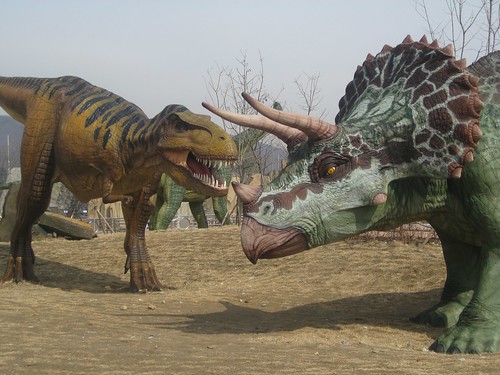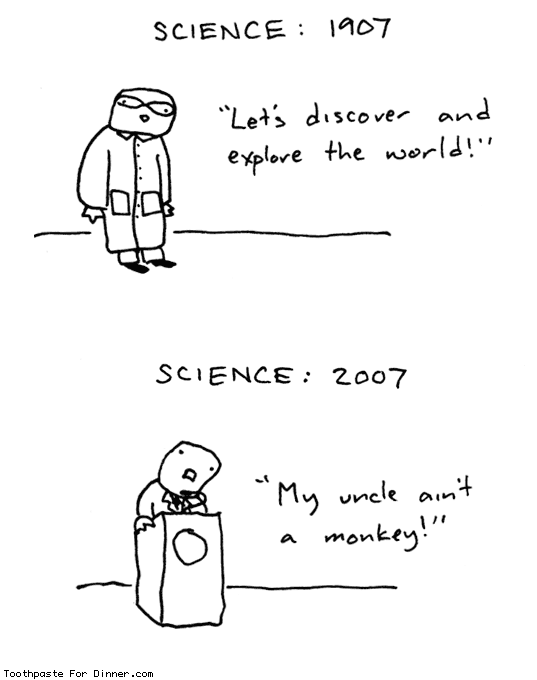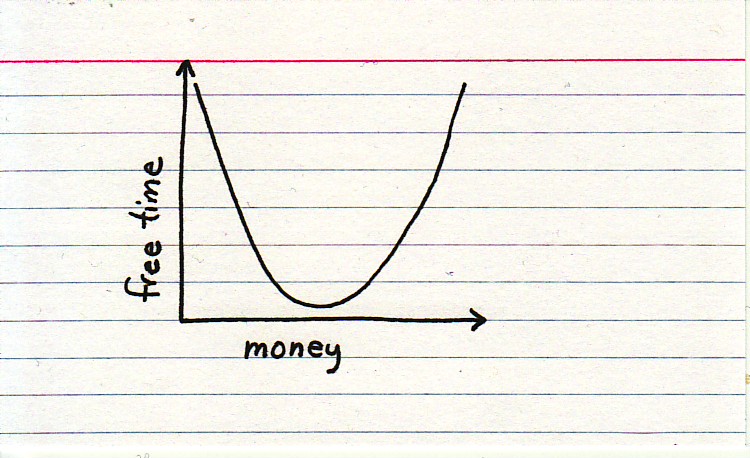 Which one of these guys would you trust to tell you about plants in the Triassic period?
Which one of these guys would you trust to tell you about plants in the Triassic period?Photo credit: US Army Korea: IMCOM at the Gwacheon National Science Museum - Republic of Korea
In Part 2 of our scientific spokesperson series, we listed five characteristics of being a good spokesperson. The first qualification was to be credible (on the issue).
Scientists, by the pure nature of their degree in science are credible to much of the public. In a 2006 survey on Bridging the Sciences*, when asked to choose the best spokesperson for science, 51% ranked scientists first overall and 78% of Americans ranked scientists in the top three (with medical professionals and voluntary health organizations).
However, within the scientific community, we acknowledge that a biologist may not be the best source for a news story on an earthquake and a physicist may not have the appropriate expertise to discuss the effects of a prescription drug. But, scientists who put themselves into the public arena are asked to comment on a number of scientific issues - not just the ones they specialize in.
While those scientists probably know more than the person interviewing them, and even the majority of people who'll be receiving the information, they aren't credible on the issue.
If it isn't one of your areas of expertise and especially if it isn't in your field, just refer the person seeking information to a colleague who is more entrenched in the issue at hand. Obviously, in casual conversation, your knowledge is likely to be more than sufficient. In the same way that scientists frown upon splinter groups who prop up anyone with a PhD to present the opposition argument, we must represent science with the most credible spokespeople on the issue.
*Specific data available on slide 18 of the PDF
This is Part 3 of the New Voices series on being a spokesperson for science.
Part 1 - Scientific Spokespeople
Part 2 - Being a Spokesperson




















